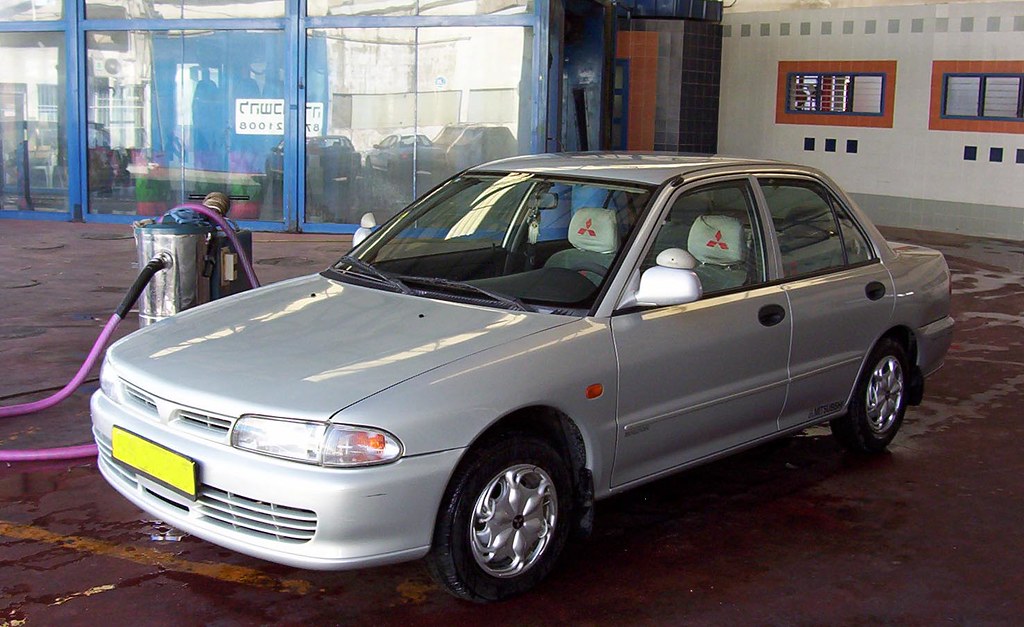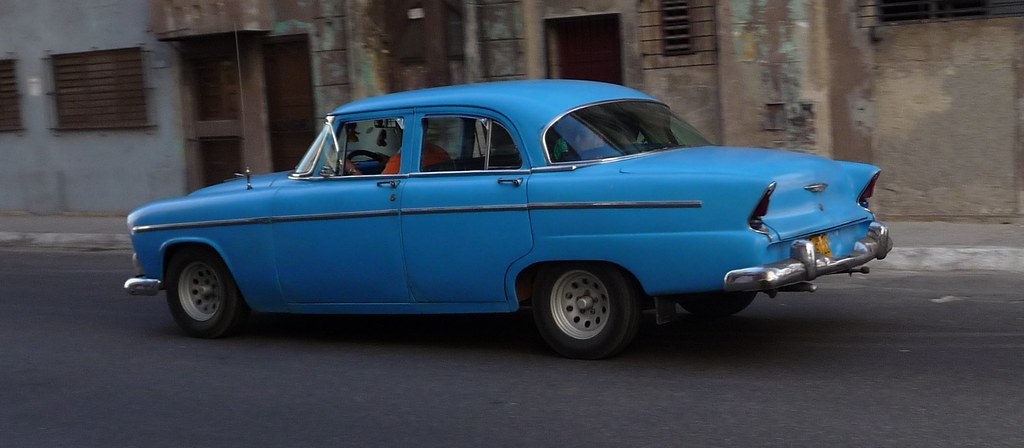
Vinyl wraps are revolutionizing the way that people protect and customize their vehicles. For car enthusiasts like myself, these wraps offer a brilliant alternative to traditional paint jobs, not only giving your car a fresh, personalized look but also providing a crucial layer of defense for the original paint beneath. They are a remarkably cost-effective way to transform a vehicle’s appearance, offering an incredible range of finishes, from a sleek matte to vibrant, bold colors.
However, installing a vinyl wrap isn’t just about making your car look good; it’s a strategic investment in its longevity and appearance. The true durability and quality of a vinyl wrap are heavily dependent on the protection and care it receives. Without proper attention, wraps can quickly succumb to the harsh realities of UV rays, adverse weather conditions, and physical wear and tear, leading to premature deterioration, peeling, and fading.
By diligently protecting your vinyl wrap, you ensure that your vehicle maintains its striking and fresh appearance for far longer. This proactive approach significantly reduces common issues like peeling and fading, which are frequently faced by wrap owners. Well-maintained wraps not only preserve your car’s aesthetic appeal but also provide a robust protective barrier for the underlying paint, ultimately saving you money on potential repairs and enhancing your vehicle’s resale value. This comprehensive guide is designed for anyone, from casual drivers to dedicated car enthusiasts, who wants to protect their investment in vinyl.

1. **Understanding the Core Protection: How Vinyl Wraps Shield Your Paint**When I first heard about car wraps, I’ll be honest, I initially thought they were solely for aesthetic customization. However, after diving deeper and experiencing it firsthand, I quickly realized they function like a superhero shield for your car’s paint. This thin, adhesive vinyl film covers your car’s exterior, acting as a sacrificial layer that absorbs many of the daily assaults your vehicle faces, keeping the factory paint pristine and protected underneath. It’s a remarkable way to maintain the original finish, preserving its value and appearance.
One of the most significant protective benefits of a vinyl wrap is its ability to block harmful UV rays. Living in a sunny climate, I’ve seen firsthand how quickly car paint can fade and oxidize without adequate protection. The vinyl wrap acts like a high-grade sunscreen for your vehicle, absorbing and reflecting ultraviolet radiation. This vital barrier prevents your original paint from breaking down, losing its vibrant color, and developing that dull, chalky appearance that comes with prolonged sun exposure. My wrapped car has definitely maintained its vibrant color, even after countless hours under the sun.
Beyond sun protection, vinyl wraps provide a robust defense against physical damage, which is a constant threat on the road. They take the hit from minor scratches and swirl marks that often occur during everyday driving, from automatic car washes (though hand washing is always better) to accidental brushes. This protective layer is especially useful for maintaining the resale value of a vehicle, as the original paint remains untouched by the minor abrasions that typically accumulate over time. I’ve accidentally brushed against my car with a backpack, and the wrap truly saved the day, leaving no damage to the paint underneath.
Moreover, car wraps offer excellent resistance to various chemicals and environmental contaminants that can be highly corrosive to paint. Spilled gasoline, bird droppings, tree sap, and even acid rain can etch into your paint if left unattended for too long. The vinyl material is designed to be resistant to most common chemicals, creating a barrier that prevents these substances from reaching and damaging the underlying paint surface. A quick wipe with a suitable cleaner is usually all it takes to remove these messes from the wrap, keeping the original paint safe.
Finally, vinyl wraps are engineered to withstand diverse weather conditions, adding another layer of comprehensive protection. They don’t crack or peel in freezing temperatures, nor do they warp or degrade significantly in scorching heat, assuming proper installation and quality materials. This weather resistance helps insulate the paint from extreme temperature fluctuations, which can lead to micro-fractures and premature wear over time. My car, parked outside through all seasons, has demonstrated how effectively the wrap keeps the paint safe from environmental wear and tear.

2. **Recognizing the Threats: Why Wraps Themselves Need Protection**While vinyl wraps act as a superb protective shield for your vehicle’s paint, it’s crucial to understand that they, too, are constantly under threat. Just like any investment, your vinyl wrap requires protection to maximize its lifespan and maintain its aesthetic appeal and protective functionality. Recognizing these potential hazards is the essential first step towards implementing effective protection strategies, ensuring your wrap stays in prime condition and continues to safeguard your car’s finish.
One of the most pervasive threats to a vinyl wrap is ultraviolet (UV) radiation from the sun. Continuous exposure to sunlight, particularly in warmer climates, can lead to significant fading, discoloration, and material degradation of the vinyl itself. Wraps with darker colors are often more vulnerable to fading because they absorb more heat and sunlight. Without dedicated UV protection, even the most vibrant wrap can begin to look dull and neglected prematurely, undermining its visual appeal and structural integrity.
Harsh weather conditions also pose a considerable risk to vinyl wrappings. Elements like persistent rain, snow, and ice can compromise the integrity of the wrap, especially if the edges are not meticulously sealed. Water seepage underneath the vinyl can cause the wrap to lift and peel. Additionally, the act of scraping away snow and ice can easily leave behind unsightly scratches or stress marks on the vinyl surface. Freezing temperatures can further exacerbate these issues, making the wrap material more brittle and prone to cracking.
Physical damage is an unavoidable reality for any vehicle, and vinyl wraps are no exception. While they protect the paint from minor abrasions, the wrap itself is exposed to numerous physical threats while driving and parking. These include loose gravel and road debris kicked up by other vehicles, minor collisions, and superficial scratches from navigating tight parking spaces. Over time, these small imperfections can accumulate, diminishing the wrap’s visual appeal and potentially compromising its ability to protect the paint underneath. Careful parking and the consideration of a clear protective layer can significantly minimize this type of damage.
Lastly, chemical exposure represents a silent but potent threat to your vinyl wrap. Certain cleaning products, particularly those containing harsh chemicals or abrasive compounds, can severely damage the adhesive or the surface of the vinyl. Beyond cleaning agents, even common air pollutants, such as acid rain and industrial emissions, can negatively affect the wrap’s durability and appearance over time. To combat this, it’s vital to avoid industrial areas when possible and, more importantly, to exclusively use wrap-safe cleaning products that are specifically formulated not to degrade the vinyl or its adhesive.
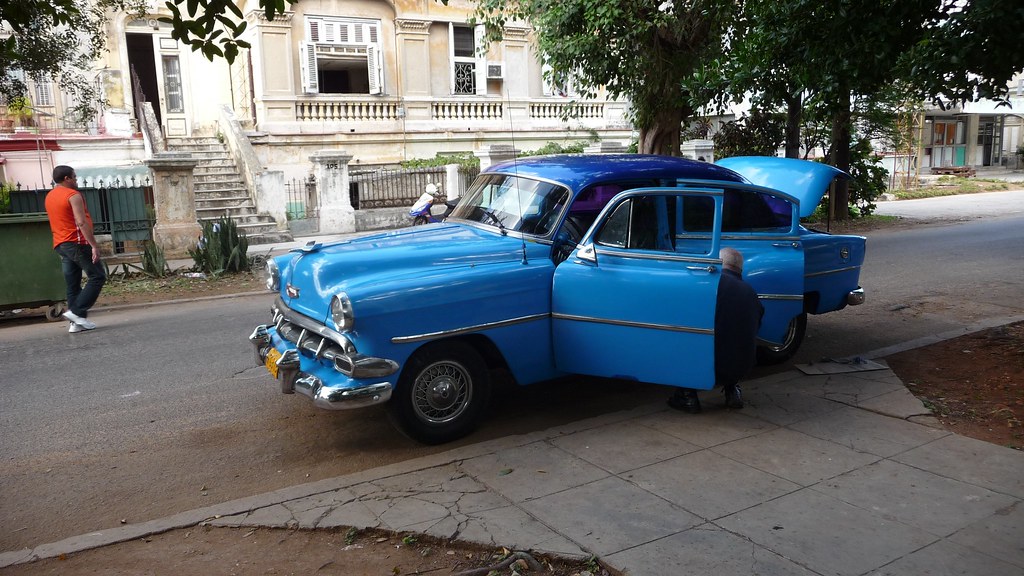
3. **The Art of a Clean Wrap: Optimal Washing Techniques**Maintaining the pristine appearance and protective qualities of your vinyl wrap starts with the fundamental practice of proper washing. Just like with painted surfaces, dirt, grime, and environmental contaminants can accumulate on your wrap, and if not removed correctly, they can degrade the vinyl over time, leading to premature wear and a dull finish. Implementing the right washing techniques is paramount to extending the life of your wrap and ensuring it continues to look its best.
When it comes to washing a wrapped vehicle, manual cleaning is always the preferred method over automated systems. You should always avoid automatic car washes that use brushes, as these can be overly aggressive and cause significant damage to the vinyl, including scratches, swirl marks, and even lifting edges. Instead, opt for hand-washing your car using soft microfiber cloths or non-abrasive sponges. These gentle tools minimize friction and prevent surface abrasions, preserving the smooth finish of your wrap.
The choice of cleaning solution is equally critical. It is essential to use a soap with a pH-neutral formula that is specifically labeled as safe for vinyl. Harsh detergents or degreasers can strip away the wrap’s protective layers or even damage its adhesive, leading to peeling or discoloration. Additionally, while rinsing, avoid using high-pressure washing directly on the wrap, especially near edges or seams. The intense force of a high-pressure washer can force water underneath the vinyl, causing it to lift or bubble. A gentle, steady stream of water is sufficient for rinsing away soap and loosened dirt.
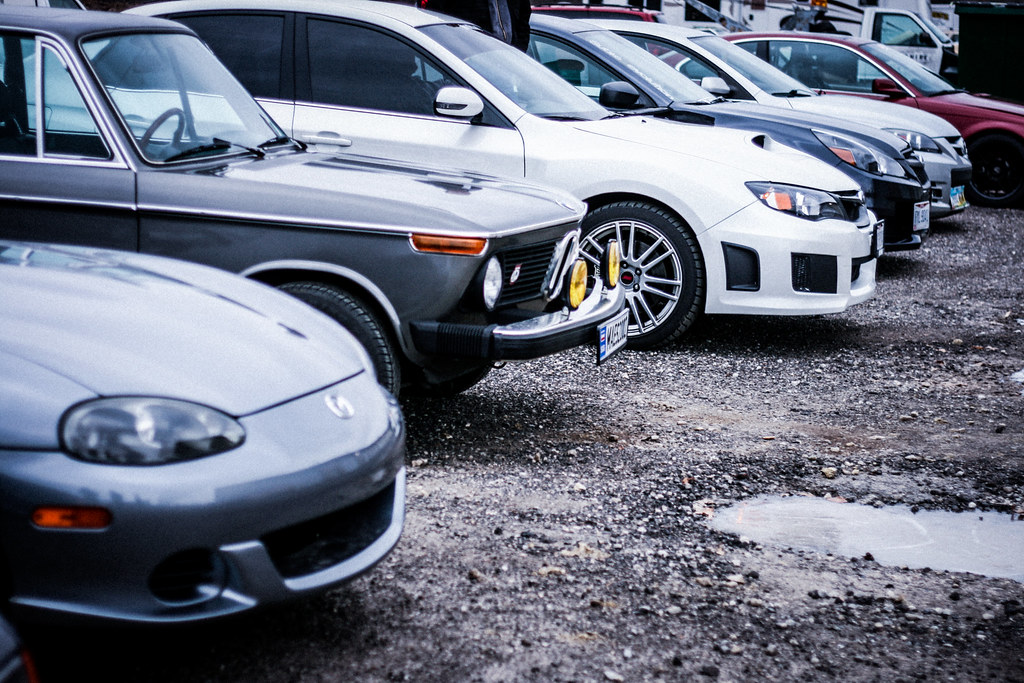
4. **Mastering the Dry: Preventing Water Damage and Lifting**After a thorough wash, the drying process is just as crucial as the cleaning itself, if not more so, for preserving the integrity and appearance of your vinyl wrap. Improper drying can lead to unsightly water spots, especially in areas with hard water, and, more critically, can contribute to water seeping underneath the wrap, which is a primary cause of adhesive failure and lifting edges. Taking the time to dry your vehicle correctly will make a significant difference in the longevity and flawless finish of your wrap.
The best practice for drying your wrapped vehicle is to use clean, soft microfiber towels. These towels are highly absorbent and designed to gently wick away water without leaving behind lint or causing micro-scratches on the vinyl surface. Begin drying from the top of the vehicle and work your way down, ensuring you overlap your drying passes to avoid missing any spots. Gentle patting or blotting motions are preferable to aggressive rubbing, which can potentially distort or scratch the vinyl.
While air drying might seem like an effortless option, it’s generally not recommended for wrapped cars. As mentioned, air drying, particularly in sunny or hard water areas, can leave behind visible water marks or mineral deposits that are difficult to remove without additional cleaning. Furthermore, it allows water to sit longer on the wrap, increasing the chance of it finding its way under the edges. Pay particular attention to drying all crevices, door jambs, and, most importantly, the edges of the wrap, where moisture is most likely to linger and cause the material to lift over time. Ensuring no moisture is left at these vulnerable points is a critical preventative measure.
Read more about: Beat the Winter Blur: Your Ultimate Guide to Keeping Glasses Fog-Free All Season

5. **Heat Management: Avoiding Warping and Bubbling**Vinyl wraps, while durable, are sensitive to extreme heat, and managing this environmental factor is crucial for preventing damage such as warping, bubbling, and premature degradation. Excessive heat can cause the vinyl to soften and stretch beyond its intended shape, leading to unsightly deformities that compromise both the appearance and the protective qualities of your wrap. Understanding how to mitigate heat exposure is a key component of effective wrap care.
To combat the adverse effects of high temperatures, strategic parking is your best defense. Whenever it is extremely hot, always try to park your vehicle in a shaded area, such as under a tree, within a parking garage, or beneath a carport. These locations significantly reduce direct sun exposure, which is the primary source of heat absorption for your vehicle’s exterior. Minimizing direct sunlight during peak heat hours will help maintain the vinyl’s structural integrity and prevent it from becoming overly pliable and prone to warping.
For those times when shaded parking isn’t an option or during prolonged periods of non-use, investing in a high-quality car cover is an excellent protective measure. A breathable car cover will shield your wrapped vehicle from direct sunlight and heat buildup, as well as protect it from dust and environmental contaminants. The key is to avoid leaving your car exposed to intense, prolonged sunlight, especially during the hottest months of the year, as this is when the risk of heat-induced damage to the vinyl wrap is highest.
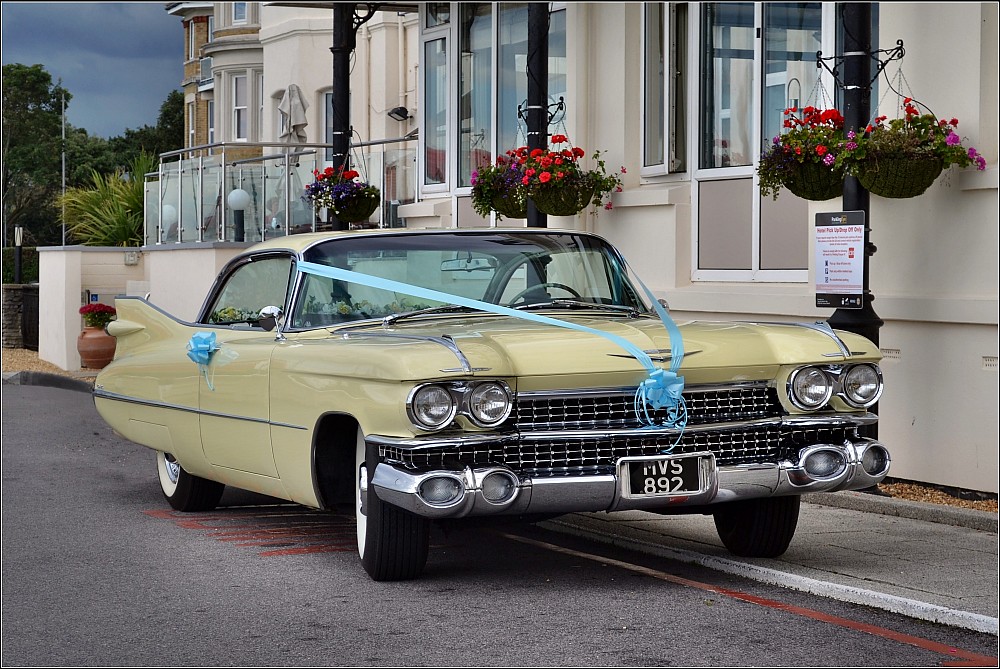
6. **Vigilance is Key: The Power of Regular Inspections**Regular inspections are a cornerstone of proactive vinyl wrap maintenance, offering a simple yet incredibly effective way to extend the lifespan of your investment. Think of it as a routine health check for your car’s protective layer. By regularly scanning your wrap for any signs of distress, you can catch potential issues early, preventing minor problems from escalating into costly or irreparable damage that could expose or harm your underlying paint.
During your inspections, pay close attention to critical areas such as the edges, seams, and any heavily curved sections of the wrap. These are the most common points where wear and tear, such as tears, scratches, or peeling, first manifest. Look for any subtle lifting, small bubbles, or areas where the vinyl might appear stressed or discolored. Early detection of such damage allows for quick, targeted repairs before the problem can spread or compromise larger sections of the wrap, preserving its continuous protective barrier.
Integrate these visual checks into your regular car care routine. For instance, after each wash or during a quick check before a drive, take a few moments to walk around your vehicle and thoroughly examine the wrap. Beyond looking for damage, this is also a good opportunity to ensure that any wrap-safe waxes or sealants you apply are still providing a consistent protective layer. This proactive vigilance is a straightforward habit that will significantly contribute to your wrap remaining vibrant, intact, and effective for many years to come.
Read more about: Beyond the Garage: The Ultimate 12-Point Safety Checklist for Classic Car Road Trips

7. **Quality Matters: Are All Wraps Equal in Protection?**When I first got my car wrapped, I quickly learned that not all car wraps are created equal, and this distinction profoundly impacts the level of paint protection and longevity you can expect. Choosing a cheaper option initially proved to be a learning experience for me, as it simply didn’t last as long as I had hoped. The quality of the vinyl material, its thickness, the type of finish, and, crucially, the installation process all play pivotal roles in how effectively a wrap will shield your car’s paint.
Material quality is paramount. Premium vinyl brands, such as 3M or Avery Dennison, are renowned for offering superior protection due to their durable, high-grade, and UV-resistant compositions. These materials are engineered to last, often providing effective protection for up to seven years. In stark contrast, cheaper wraps frequently utilize generic or thinner vinyl, which is far more susceptible to premature fading, cracking, and degradation, ultimately leaving your valuable paint exposed to environmental hazards much sooner than anticipated.
Beyond the raw material, the physical characteristics of the wrap contribute significantly to its protective prowess. The thickness of the vinyl, typically measured in mils, directly correlates with its ability to resist physical damage; thicker wraps (around 3-4 mil) inherently provide better defense against scratches, swirl marks, and road debris. Furthermore, the finish type plays a role. Glossy wraps, for example, tend to be tougher and easier to clean, making them a lower-maintenance choice for maximum protection, whereas matte or textured wraps might show wear and dirt more readily.
Crucially, even the highest quality vinyl can be compromised by a poor installation. A wrap that isn’t meticulously applied by a skilled professional can develop issues like bubbling, lifting, or peeling edges, all of which directly expose your paint to the elements and negate the wrap’s protective benefits. This is where the risks of improper installation come to the forefront. Using excessive heat or aggressive tools to mold the vinyl can soften or damage the underlying paint, leading to chipping or peeling during application or subsequent removal. Professionals, equipped with the right tools and expertise, mitigate these risks by applying the vinyl with precision and careful heat management.
To truly maximize protection, it’s not enough to simply choose a high-quality material; you must also ensure a high-quality application. Investing in a certified installer with a proven track record of flawless wraps makes all the difference. Their expertise guarantees proper adhesion, seamless edges, and the correct handling of the material, which in turn means your paint is safeguarded from common installation-related damage. Choosing wisely in terms of both material and installer is the best way to ensure your wrap performs as a robust, long-lasting shield for your car’s paint.
8. **Boosting Durability with Specialized Protective Products**Once foundational care is mastered, specialized products offer advanced defense for your vinyl wrap. These formulations work with your cleaning routines, enhancing resistance to environmental threats and improving aesthetics. Understanding each product’s specific role is vital for maximizing wrap lifespan and protective capabilities, keeping your investment looking its best.
General vinyl wrap protectants, available as sprays or sealants, are designed specifically for vinyl surfaces. These products repel water, crucial for preventing moisture seepage under edges, and reduce dust accumulation. They also provide a shield against minor abrasions. Always use products explicitly labeled “safe for vinyl” to avoid discoloration. Wrap-safe waxes, for instance, add an extra layer of protection, boosting both durability and shine.
For a significant upgrade, professionally applied ceramic coatings form a durable, transparent layer. This advanced barrier resists dirt, UV rays, and water, creating a hydrophobic surface that simplifies cleaning. Ceramic coatings can notably extend your wrap’s lifespan, preserving its integrity and vibrant look. As a bonus, they impart a shiny, glass-like finish, making your vehicle truly stand out. UV protectants further target solar radiation, blocking harmful rays to prevent fading and discoloration. Regular application maintains the wrap’s original color and texture, especially vital in hot climates.
Read more about: Unlock Top Dollar: The Ultimate Popular Mechanics Guide to Boosting Your Car’s Resale Value Through Smart Detailing
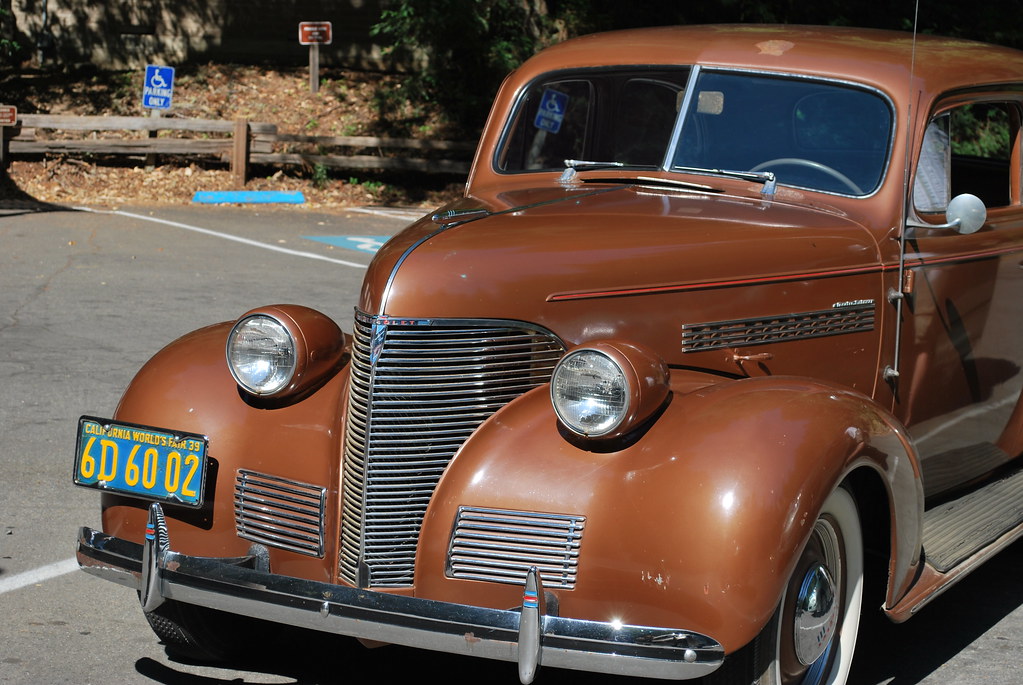
9. **Mastering Daily Habits: Parking Smart and Avoiding Damage**Beyond advanced products, smart daily habits significantly preserve your vinyl wrap. These preventative measures protect your vehicle’s aesthetic and protective layer from everyday wear. Conscious choices about parking and mindful surroundings dramatically extend your wrap’s pristine condition.
Adopting “proper parking” techniques means actively avoiding high-traffic areas prone to bumps and scrapes. Steer clear of spots near shopping carts, crowded commercial zones, or active construction sites. Minimizing accidental contact from other cars, pedestrians, or falling debris is crucial. Choosing a slightly more distant but safer parking spot profoundly protects your wrap from accumulating minor damage.
Strategic use of garages and shaded parking is also paramount. Parking under cover shields the wrap from continuous UV radiation, fluctuating temperatures, and environmental dust. This indoor environment prevents harsh sun cycles that lead to fading, cracking, and peeling. If a garage is unavailable, a high-quality, breathable car cover offers vital protection against direct sunlight and elements while allowing air circulation.
“Avoiding sharp objects” is a simple but effective measure. Be mindful of keys in pockets, belts with buckles, or fingernails that cause scratches. Exercise caution with tools or bags when loading, and avoid parking too close to bushes or trees, which can cause fine scratches from branches. These seemingly minor precautions collectively prevent significant superficial damage, maintaining your wrap’s appearance and protective efficacy.
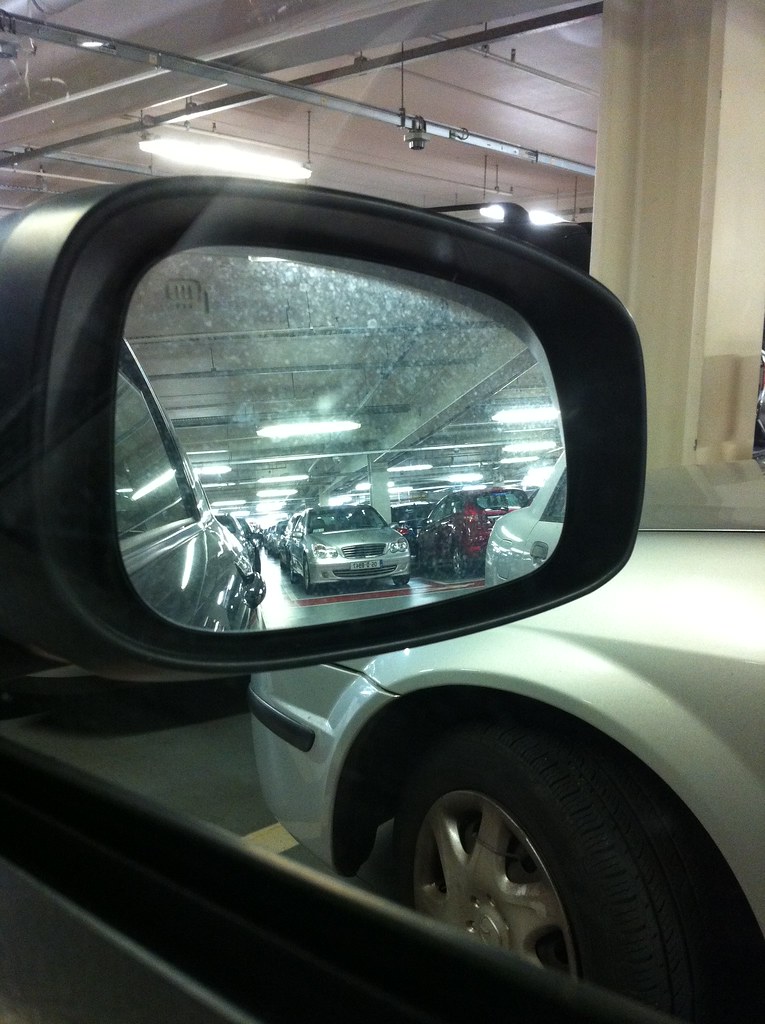
10. **Small Fixes, Big Impact: Touch-Up and Repair Techniques**Even with diligent care, minor wrap damage can occur. Thankfully, not every imperfection demands a full rewrap. Understanding basic touch-up and repair techniques allows quick action on small scratches or lifted edges, preventing escalation. Timely intervention is crucial for maintaining the wrap’s continuous protective barrier and preserving your vehicle’s flawless appearance.
For minor lifted edges, a common issue, a heat gun can be effective. Gentle, controlled heat softens the vinyl for careful repositioning. Use a low setting and keep the gun moving to avoid overheating. Once re-adhered, apply firm, even pressure with a felt-tipped squeegee to ensure a secure bond. This effectively seals the edge, preventing further lifting and potential moisture ingress.
However, for larger damage, extensive fading, bubbling, or deep scratches, always consult a professional. Attempting major repairs without proper tools or expertise can worsen the problem and potentially harm underlying paint. Professionals have the skills to seamlessly patch or replace sections, ensuring color-matching and flawless integration that maintains both aesthetics and protective qualities. Acting quickly on any damage, big or small, is crucial to prevent further degradation.
Read more about: Unmasking the Mystery: Why Even a Minor Bumper Scratch Can Cost a Fortune to Fix, Explained by a Body Shop Owner
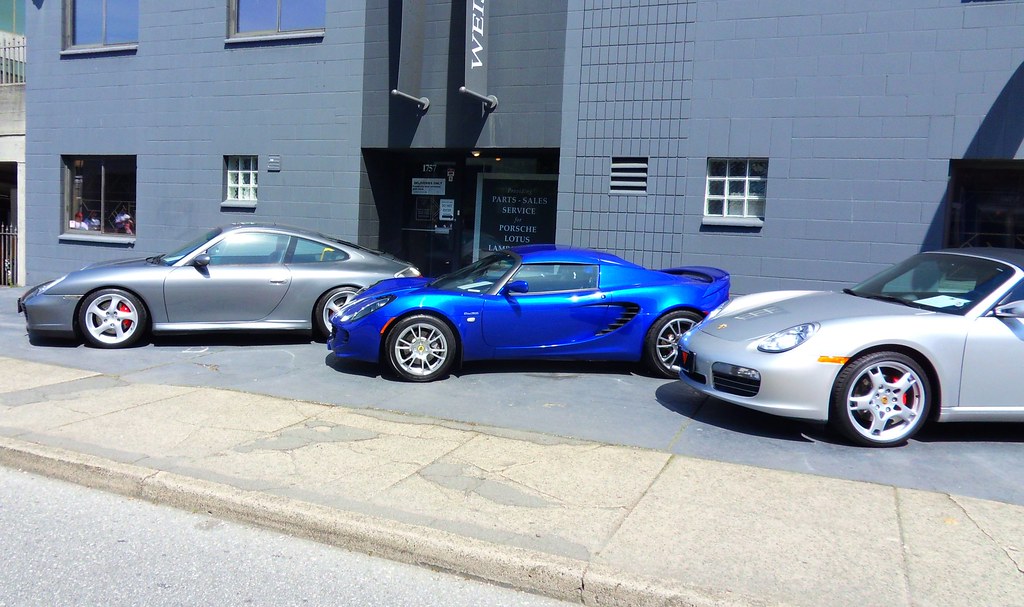
11. **Long-Term Preservation: Storing Your Wrapped Vehicle**For wrapped vehicles not in regular use or slated for extended storage, specific preservation strategies are essential. Proper storage protects the vinyl wrap from prolonged environmental exposure, ensuring it remains pristine when the vehicle returns to active duty. Neglecting these steps can lead to unnecessary degradation, diminishing the wrap’s protective benefits.
The most fundamental rule is to keep your vehicle indoors or, at minimum, covered with a breathable car cover. A garage offers superior protection from continuous UV radiation, temperature fluctuations, and environmental dust. This consistent indoor environment prevents harsh sun cycles that lead to fading, cracking, and peeling. If a garage is unavailable, a high-quality, breathable car cover provides a vital barrier against direct sunlight and elements.
Beyond cover, the storage environment itself matters. Ensure the area is well-ventilated and clean to prevent dust and moisture buildup, which can foster mildew or mold. Before storage, thoroughly clean and dry the wrap. Any lingering dirt or moisture can cause permanent blemishes during prolonged inactivity. Finally, apply a vinyl-specific protective product before storage, and conduct brief, regular checks for wear or moisture. Inflate tires to recommended pressure, and for multi-month storage, disconnect the battery.

12. **Car Wraps vs. Paint Protection Film (PPF): A Detailed Comparison**When protecting your car’s finish, you’ll inevitably encounter vinyl wraps and Paint Protection Film (PPF). Both offer substantial defense, but understanding their distinct purposes and properties is crucial for an informed decision. While often asked which is “better,” they serve different masters, though they can even complement each other. Vinyl wraps provide both aesthetic customization and protection, transforming your car’s appearance. Conversely, PPF is purely utilitarian: a clear, thick polyurethane film engineered for maximum paint protection, designed to be virtually invisible, preserving original factory paint.
In thickness and protective prowess, PPF generally excels. Typically 8 mil thick, PPF offers superior defense against aggressive impacts like rock chips and deep scratches that might penetrate thinner vinyl wraps (3-4 mil). A remarkable PPF feature is its self-healing ability; minor scratches often vanish with heat, making it incredibly resilient. While wraps protect against minor abrasions, PPF provides a more robust, heavy-duty layer against significant physical damage, acting as advanced armor.
Cost also differentiates them. Vinyl wraps are generally more budget-friendly ($2,000-$5,000 for full car), appealing for combined aesthetics and protection. PPF, with its advanced material and specialized installation, costs more ($4,000-$8,000), reflecting its superior impact resistance. Both last 5-7 years with proper care. For ultimate protection and style, combining them—PPF on high-impact areas and a wrap elsewhere—is possible, albeit pricey, offering unparalleled benefits.
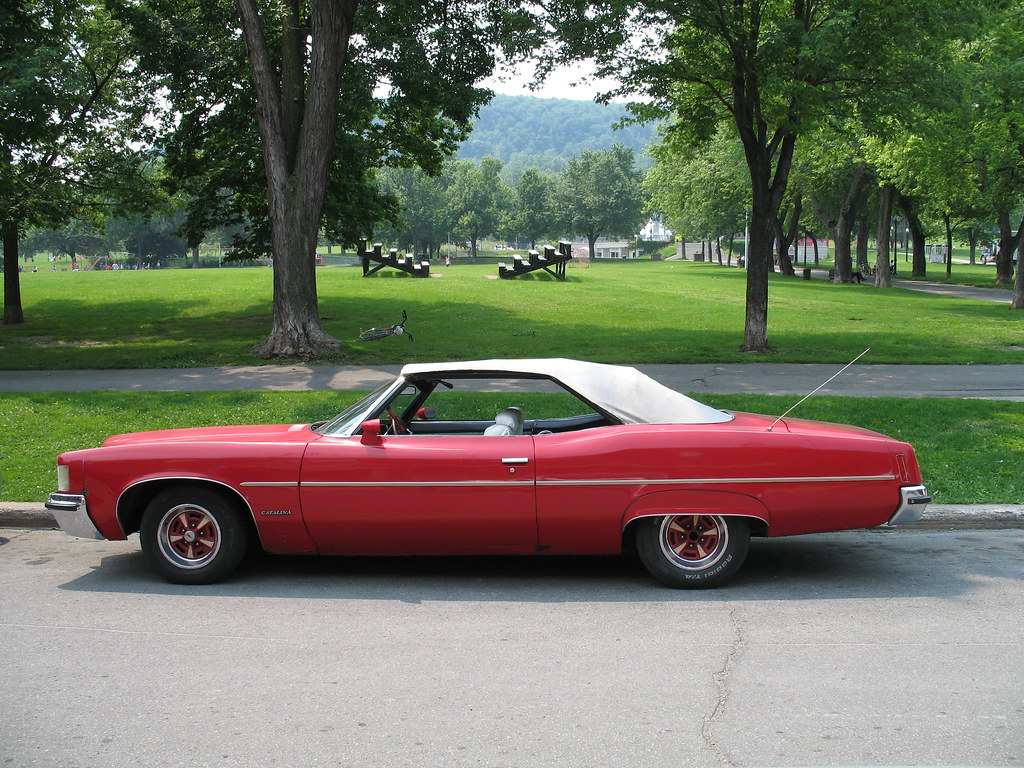
13. **The Unwrapping: Crucial Considerations for Wrap Removal**Removing a vinyl wrap signals excitement for a new look, yet also apprehension about potential paint damage. However, with proper installation and removal, a high-quality vinyl wrap should not harm your car’s underlying paint. Understanding critical factors ensures your original finish remains pristine, just as it was when wrapped, protecting your long-term investment. This process, when executed correctly, can be a smooth transition for your vehicle.
Properly installed wraps adhere to factory paint without issues. Adhesives in reputable vinyl films are designed to be paint-safe and leave minimal residue when correctly removed. The main concern arises if a vehicle has aftermarket paint or a compromised clear coat; here, the adhesive might pull off weaker paint during removal. Thus, before wrapping, confirm your existing paint is factory finish and in good condition. Professional removal is highly recommended, as DIY attempts significantly heighten paint damage risk without proper tools or knowledge.
Professionals use controlled heat and specialized tools to soften and carefully peel off vinyl sections, ensuring adhesive releases cleanly without stressing the paint. Their methodical approach minimizes stubborn residue, scratches, or chipping. The wrap’s age also impacts ease. While designed for 5-7 years, leaving wraps on for 10+ years can make adhesive more tenacious. This increases residue or minor paint lifting risks. Therefore, planning wrap replacement every 5-7 years is a wise strategy for smooth, damage-free removal, maintaining your vehicle’s paint health.
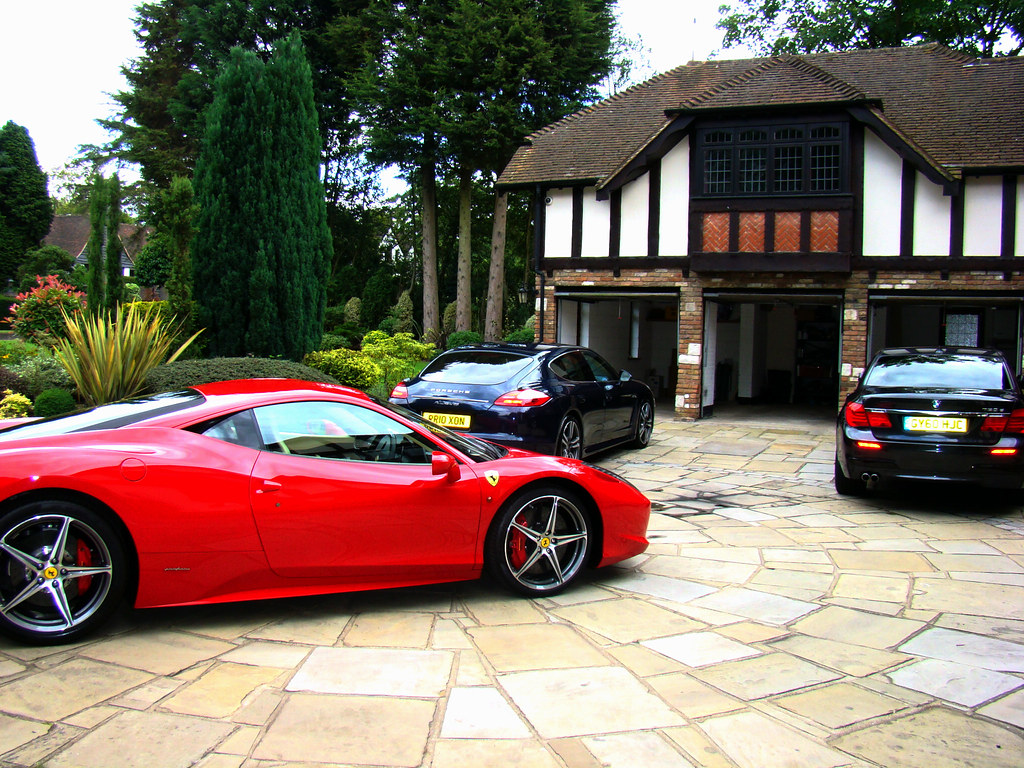
14. **When to Call in the Experts: Professional Help for Your Wrap**While diligent DIY care covers many aspects of vinyl wrap maintenance, certain situations unequivocally demand professional assistance. Consider your wrap a sophisticated protective layer requiring specialist expertise. Knowing when to consult a professional prevents minor issues from escalating, ensuring your investment continues to offer optimal aesthetics and paint defense. Their nuanced understanding is invaluable.
Seek professional help for significant issues: persistent bubbling, extensive fading unresponsive to protectants, or deep scratches compromising vinyl integrity. Professionals possess specialized tools and know-how to accurately assess damage and execute precise repairs. They can re-adhere bubbles, seamlessly patch or replace sections, and color-match for a flawless finish, preserving the wrap’s continuous protective barrier. This ensures long-term integrity.
Beyond repairs, professionals provide invaluable proactive services. Detailing experts use vinyl-safe products and gentle tools for deep cleaning, restoring vibrancy without damage. They also ensure precise, even application of advanced coatings like ceramic or wax sealants, maximizing benefits and enhancing longevity. For extensive procedures—like full section reapplication or entire wrap replacement due to major damage—certified installers are indispensable, guaranteeing seamless installation and protective qualities.
Having explored vinyl wraps—from their protective benefits to advanced care, and even removal—it’s clear they are more than a stylish statement. They are a robust shield for your car’s factory paint. By embracing best practices: diligent cleaning, smart parking, leveraging protective products, and knowing when to enlist professional expertise, you’re actively preserving your car’s beauty and value. Equip yourself with this knowledge, and let your wrapped vehicle enjoy unparalleled protection on every road ahead.

